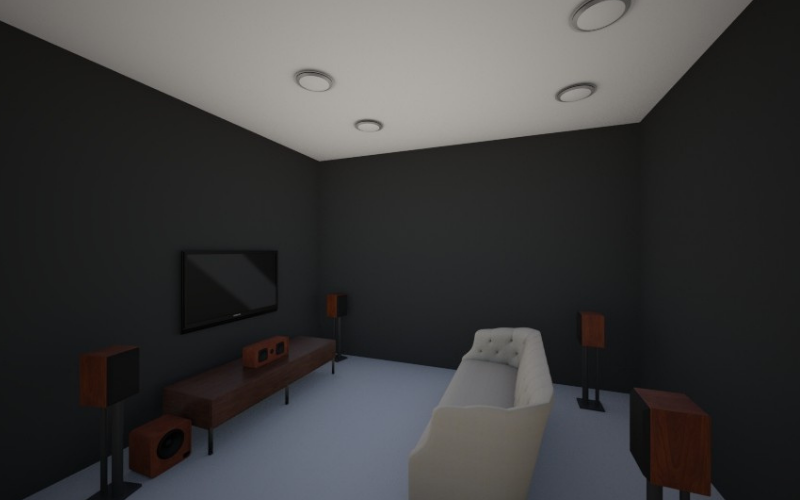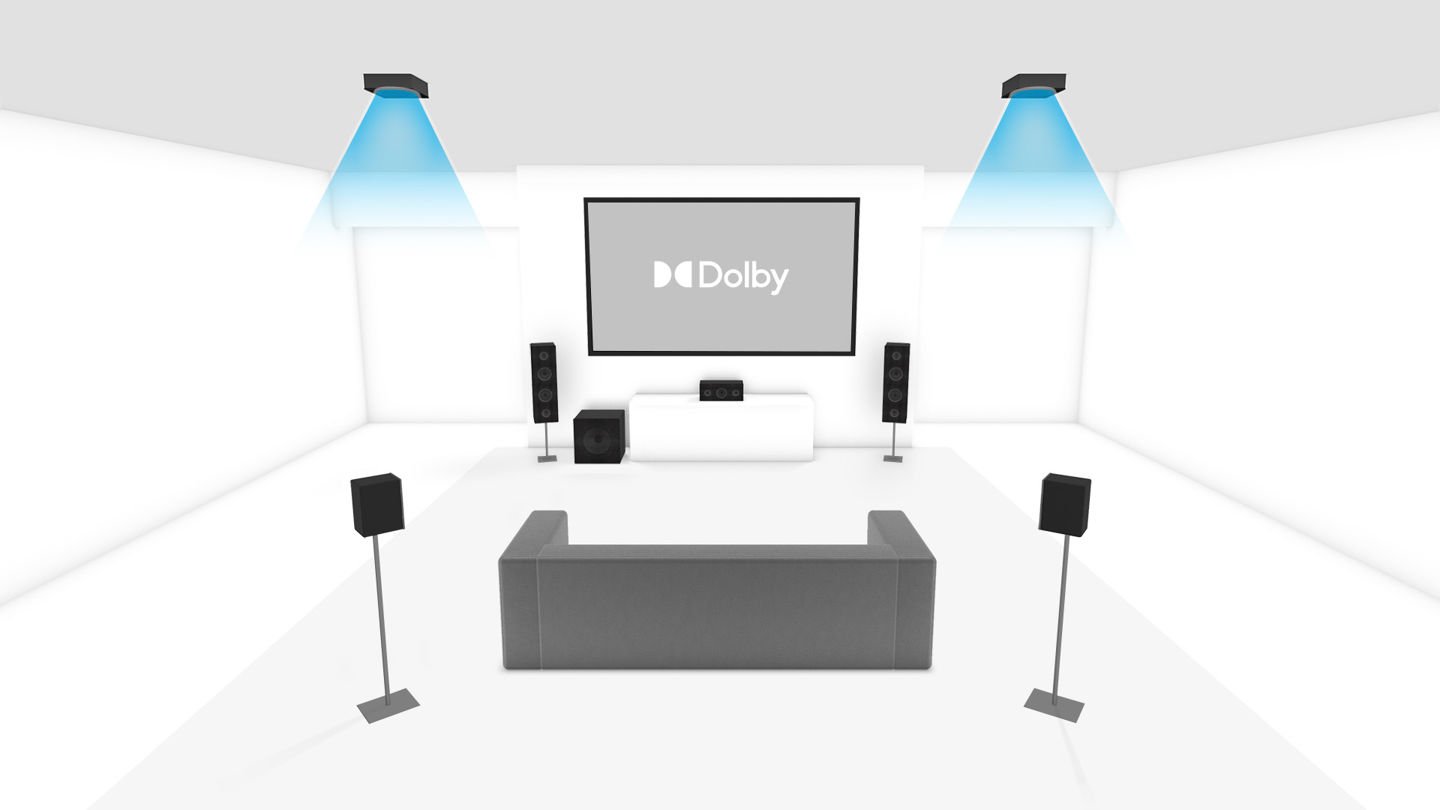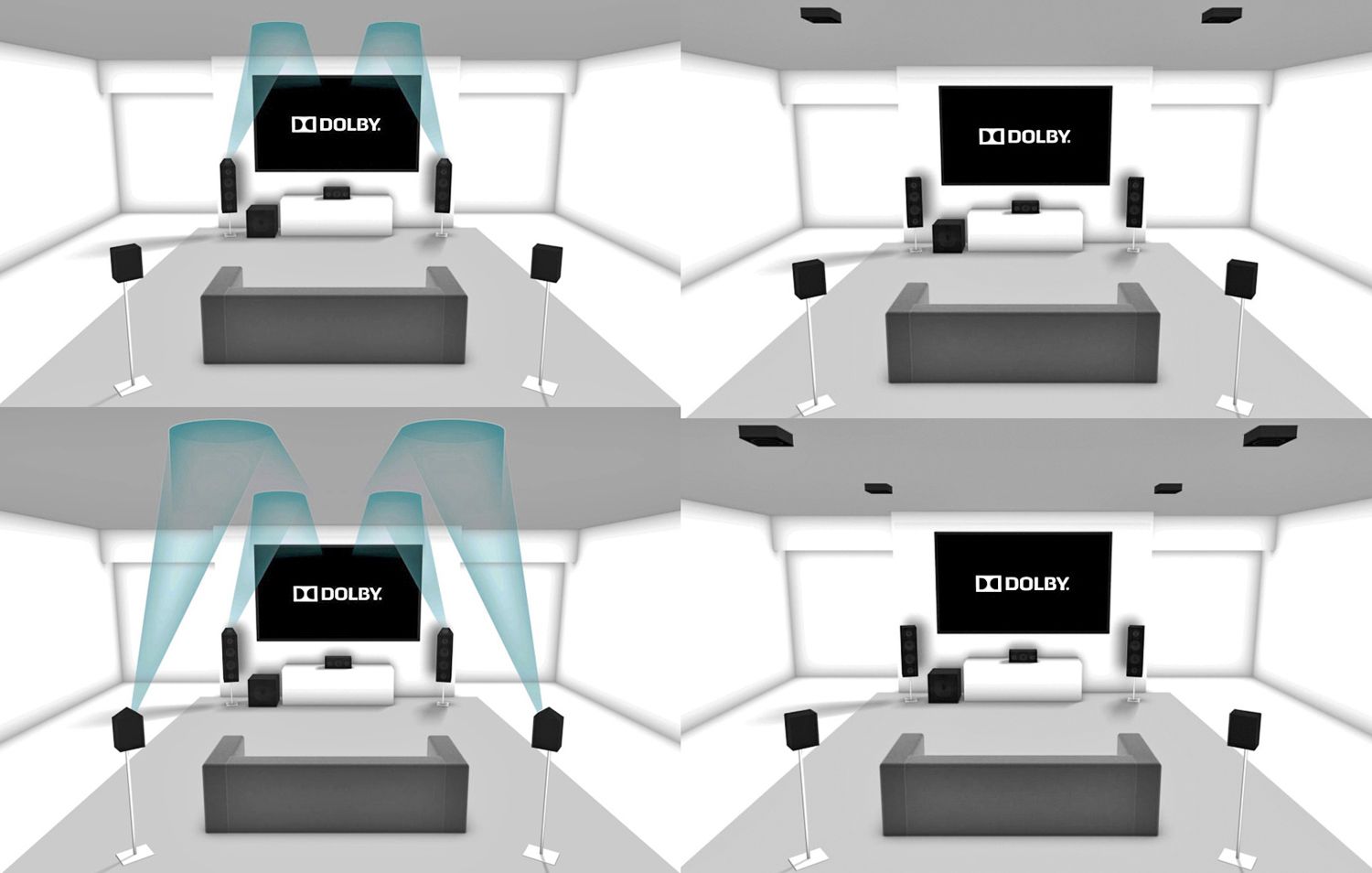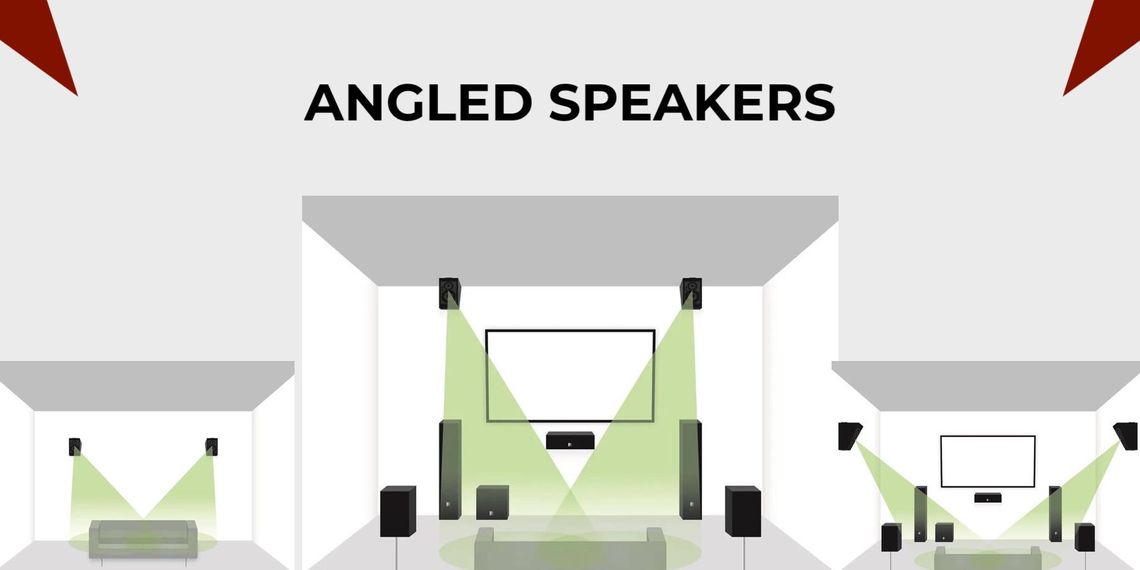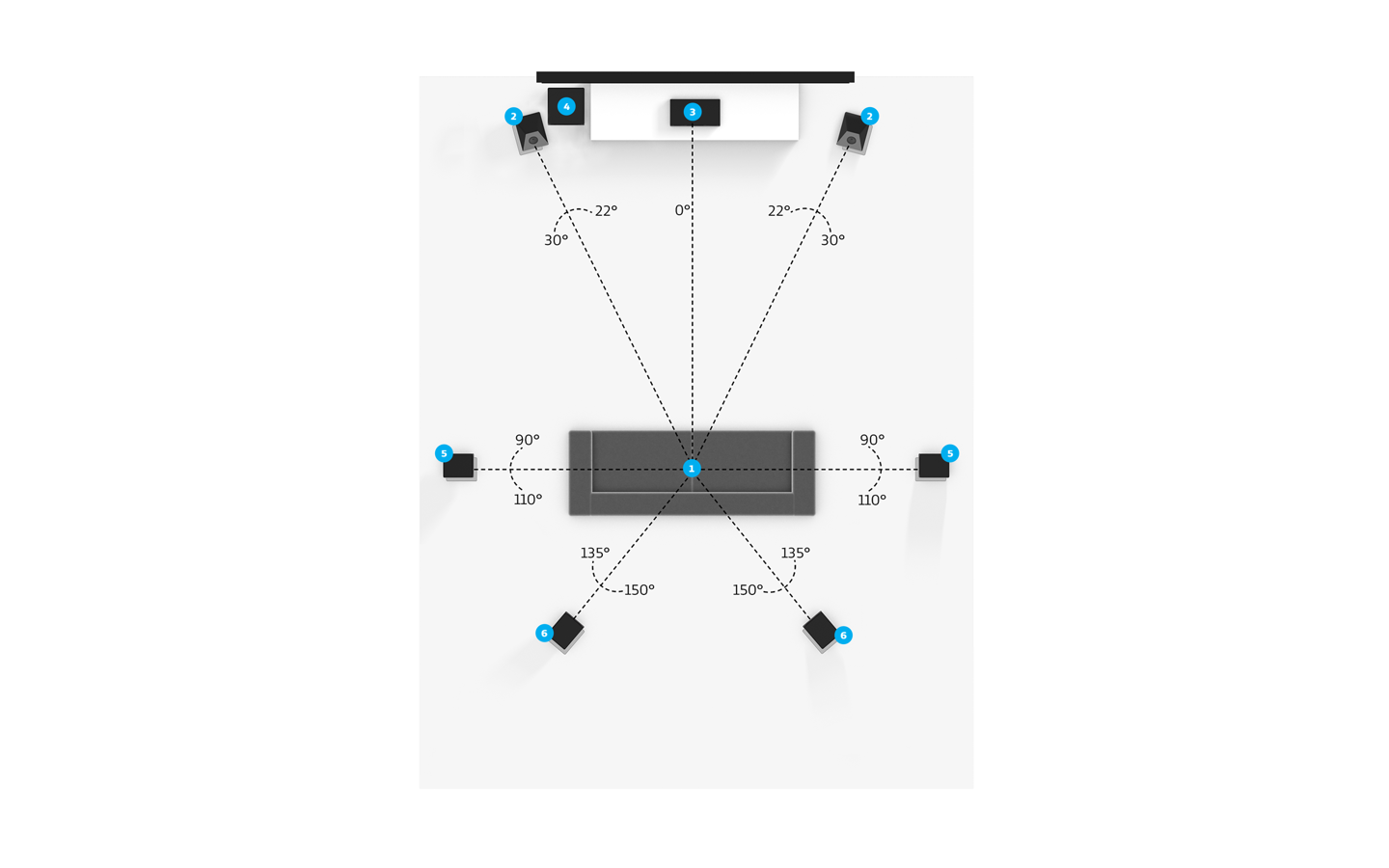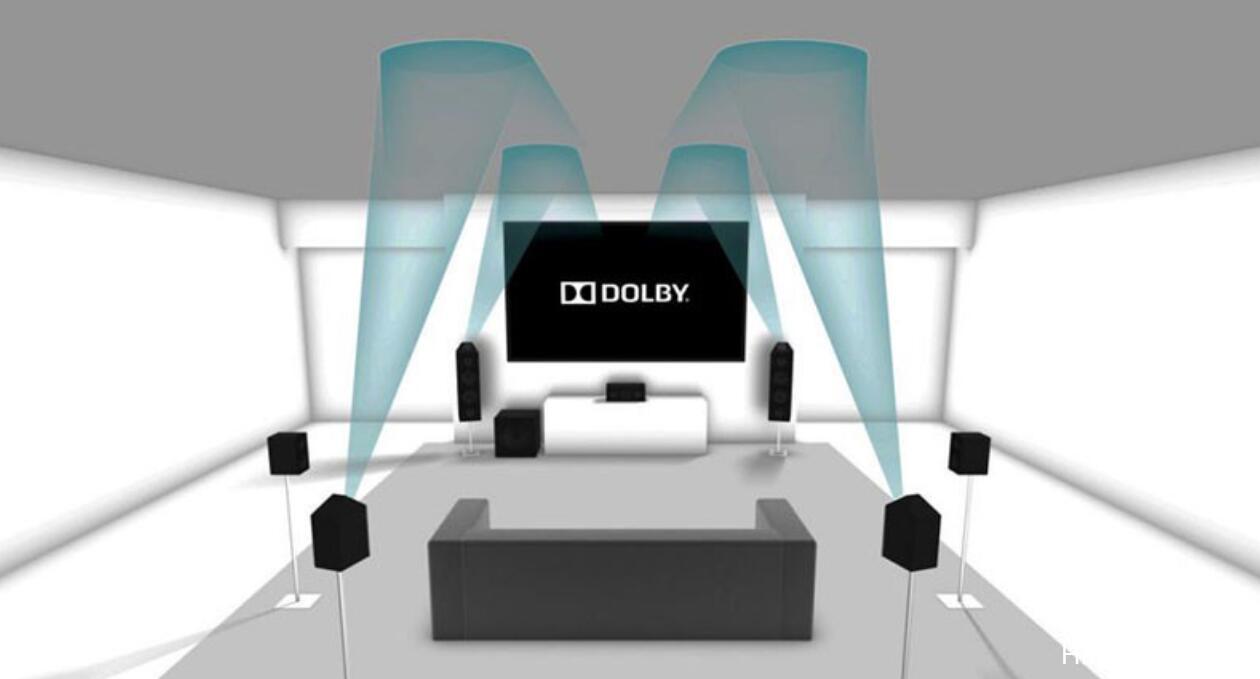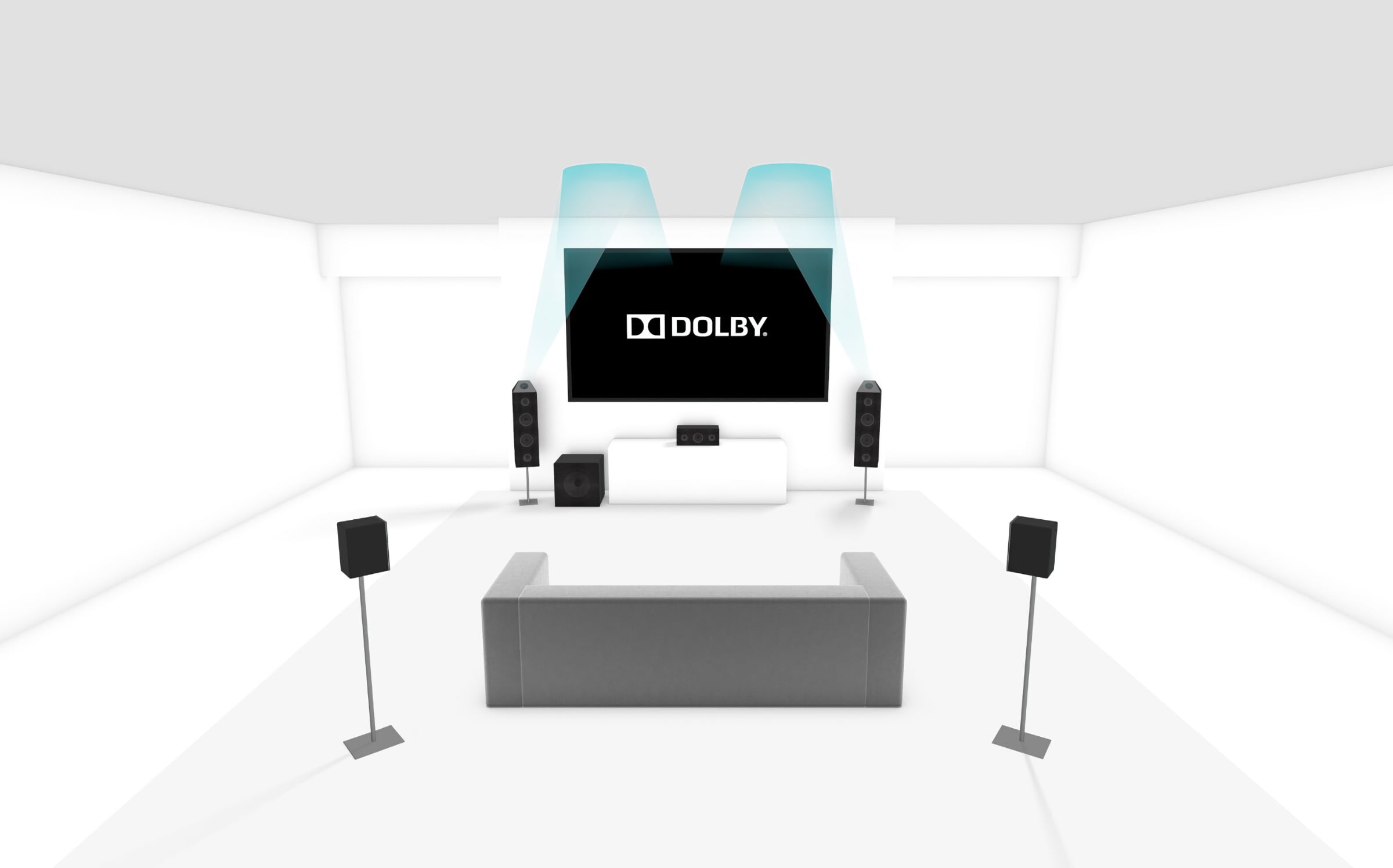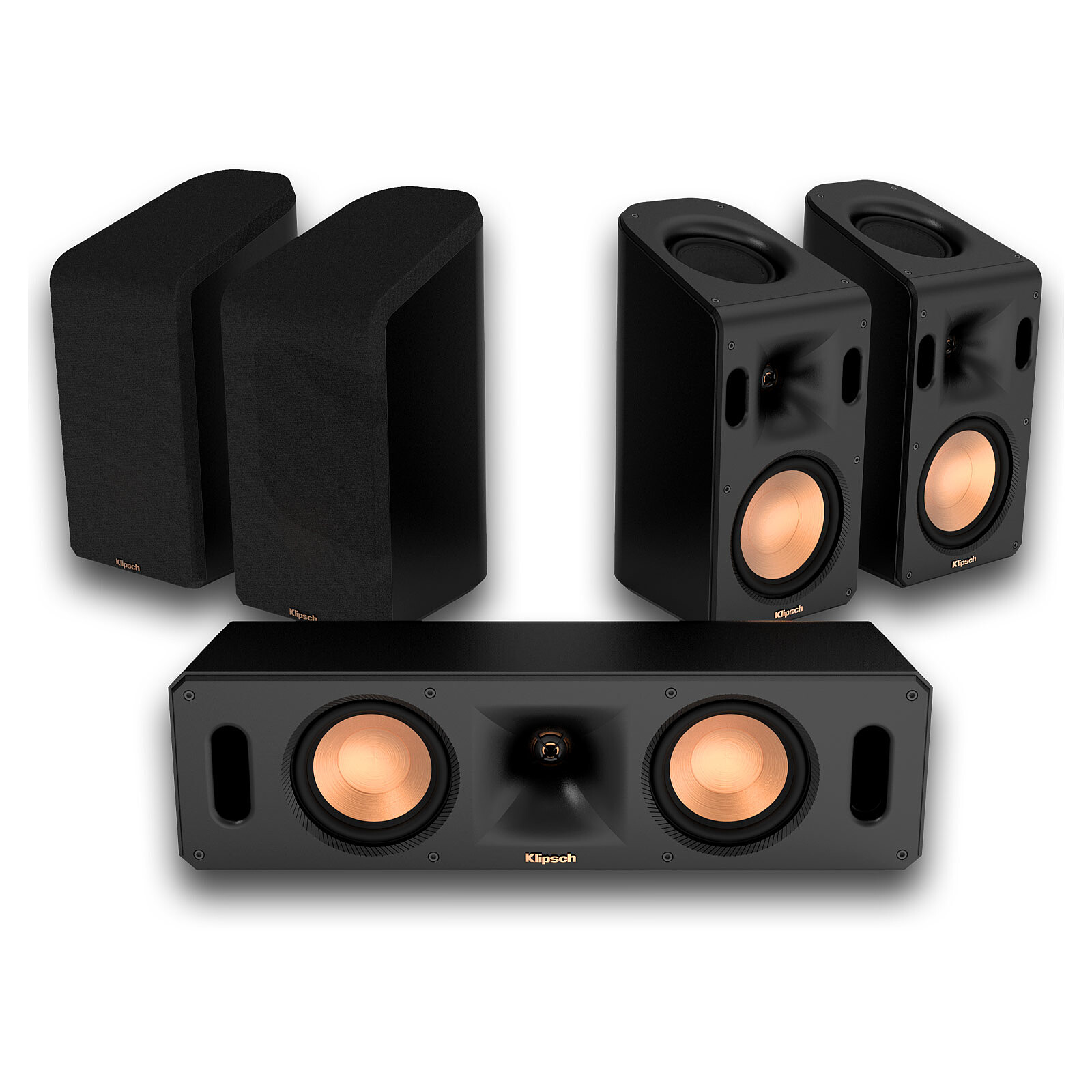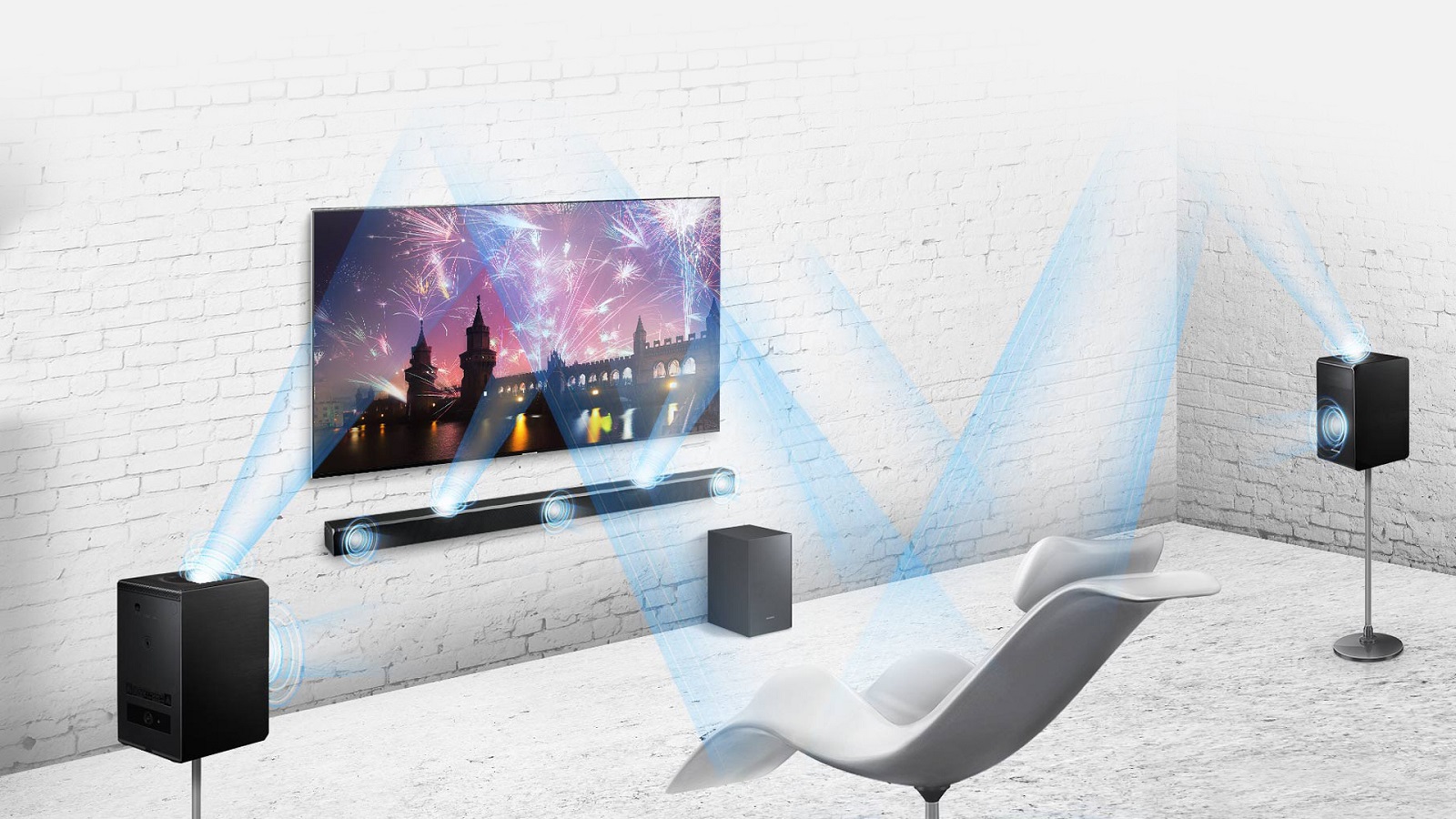Dolby Atmos Without Ceiling Speakers
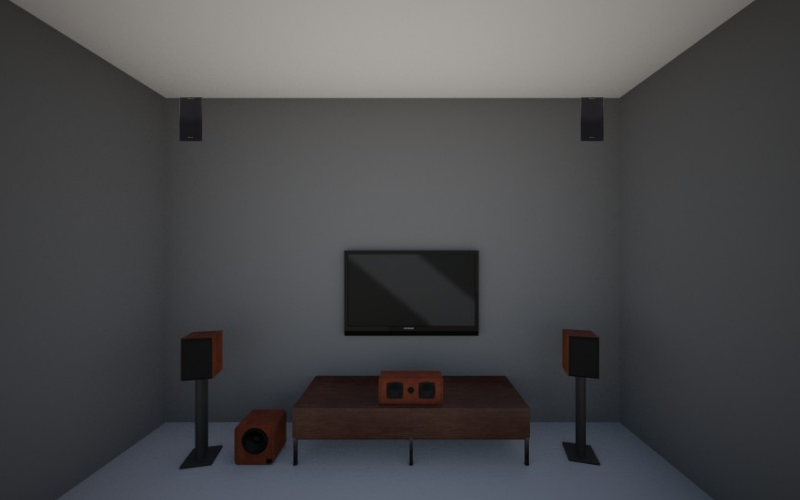
Home theater enthusiasts rejoice: immersive audio without the hassle of ceiling speakers is now a reality. New advancements in Dolby Atmos technology bring overhead sound effects to your living room, bouncing sound off your existing walls and ceiling.
This development promises to democratize access to premium audio, making it easier and more affordable for consumers to experience Dolby Atmos without complex installations.
The Breakthrough: How It Works
The core of this innovation lies in specially designed speakers equipped with upward-firing drivers. These drivers project sound waves upwards, leveraging the reflective properties of your room.
The reflected sound creates the illusion of overhead speakers, delivering the height channels essential for a true Dolby Atmos experience.
Key Components and Technologies
Several manufacturers are now offering Dolby Atmos enabled soundbars and standalone speakers. These devices incorporate sophisticated signal processing to optimize the reflected sound field.
Room calibration software analyzes your room's acoustics, adjusting the speaker output for optimal performance. This ensures a personalized and immersive listening experience.
Who Benefits?
This technology caters to a broad audience, including apartment dwellers and those hesitant to modify their ceilings. Anyone seeking a simplified home theater setup will find this appealing.
It opens up the world of Dolby Atmos to consumers who previously considered it inaccessible due to cost or complexity.
Availability and Cost
Dolby Atmos enabled soundbars and speakers are currently available from leading audio brands. Prices range from budget-friendly options to high-end models.
Consumers can find these products at major electronics retailers and online marketplaces. The specific models that are available will vary depending on the retailer.
Where Is This Being Implemented?
The primary focus is home entertainment systems, but applications are expanding. Gaming setups are also seeing integration of this speaker-free technology.
Car audio manufacturers are exploring the potential of using this technology in vehicles to create immersive in-car listening experiences.
When Did This Emerge?
The technology has been under development for several years, with recent advancements pushing it to the forefront. The last 12-18 months have seen a significant increase in product availability.
More manufacturers are expected to release Dolby Atmos enabled products in the coming months, further driving adoption.
Confirmed Details and Specifications
Dolby Atmos enabled speakers require a Dolby Atmos compatible receiver or soundbar to decode the audio signal. The receiver processes the audio signal and sends signals to the drivers.
The minimum requirements typically include an HDMI connection with ARC (Audio Return Channel) support. Room size and layout can impact performance, so calibration is crucial.
"The key is creating believable overhead sound from a reflection," stated *John Smith*, a senior audio engineer at *XYZ Audio*. "We've spent years perfecting the algorithms."
A recent study by AudioTech Research suggests that over 70% of users report a significant improvement in their home theater audio experience.
Next Steps and Ongoing Developments
Dolby Laboratories continues to refine the technology, exploring new speaker designs and calibration techniques. Expect further improvements in performance and ease of use.
Future developments may include integration with smart home ecosystems for seamless control and automation. The development of new audio codecs that are backwards compatible.
